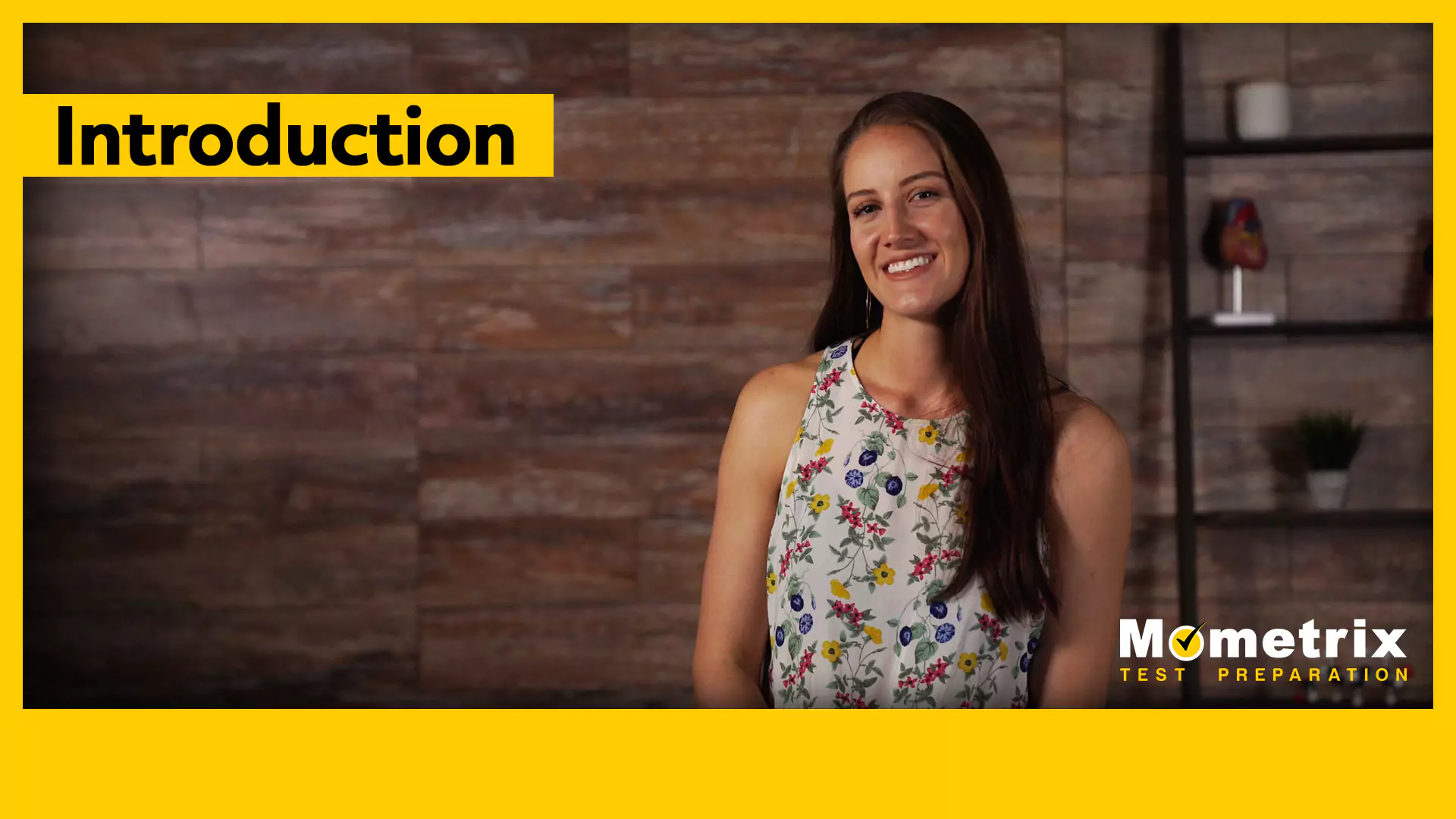
Hey guys, welcome to this video tutorial on how to write an introduction!
The Importance of an Introduction
Introductions are very important. They inform your audience of the focus of your paper or speech. Imagine that you go to introduce yourself to someone, and they ask you “how would you describe yourself in five sentences?” and you responded to them and said “I like red. I have a cat. My name is Bobby Slim. I have parents. I sleep in a bed.”
There is nothing particularly interesting about how you’ve described yourself. Except maybe the fact that your name is Bobby Slim, that’s pretty crazy… But outside of that, you haven’t really said anything that captivates their attention… Unless you are introducing yourself to your neighborhood crazy cat lady. But outside of her…sorry. You also haven’t given them a general idea of what you are about.
Anyway, the point is, if you start your introduction off with boring and irrelevant details (irrelevant means that it’s not connected to your point at all), people aren’t going to be interested in what you have to say. That is why learning how to write an effective introduction is so important.
Crafting a Compelling Introduction
So, first things first, what is the purpose of an introduction?
An introduction serves three main purposes: It engages your audience, it gives context for your arguments, and it presents a thesis statement (which is basically the point your going to prove).
So, the first purpose, engaging your audience. This is often referred to as an attention grabber. There are several different ways to grab the attention of your audience, and I’ll talk about a few different examples to help give you some ideas.
Startling Information
When you use startling information you need to make sure that this information is factual and verifiable. It doesn’t have to be some piece of evidence that your audience has never heard of. It may just be a relevant fact that illustrates a point you wish to make. It may also be helpful to follow your piece of startling information with a sentence of elaboration.
For example, let’s say that I am writing a paper on the importance of clean drinking water; here is an example of startling evidence I might use: “Every minute a newborn baby dies from infection caused by lack of safe water and an unclean environment.” My follow-up sentence to help elaborate might be “We could help significantly lower that number and save the lives of millions of children through sponsoring water purification research programs.”
Anecdote
The next type of attention grabber we’ll discuss is an anecdote. An anecdote is a brief and funny or intriguing story about a real person or event. You want to make sure that, if you choose to use an anecdote, it is short, sweet, and to the point. And by sweet I mean relevant.
Summary Information
The last method to grab the attention of your audience, that we’ll discuss, is a summary of information. This is exactly what it sounds like. You summarize your topic as you gradually ease the reader into your thesis statement.
After your attention grabber, if it is only one or two sentences, you may need to follow it with one or two more sentences that guide your reader smoothly into your thesis. Don’t think of this as fillage. You don’t just want to desperately write a sentence just so that your paragraph isn’t too short. You want these few sentences to be relevant, and helpful.
Thesis Statement
Now, onto the thesis statement. The thesis statement contains the focus of your essay, and it informs your reader what it’s about. This is generally done in one to two sentences. Your thesis can technically go anywhere in your paragraph, it is your preference.
There are certainly good essays where the thesis is at the end. You can really only get away with this if 1) your readers are actively thinking through what you are trying to say in your paper, and 2) you have faith that your writing is so good and so clear, that you are able to withhold your thesis until the very, very end of your essay; and your readers were able to follow the whole time. However, withholding your thesis until the very end of your paper is not a great idea for newer writers.
Hopefully, you now understand the purpose and structure of an introduction.
Introduction Example
Check out this example of an introduction:
I hope that this video was helpful. See you next time!

